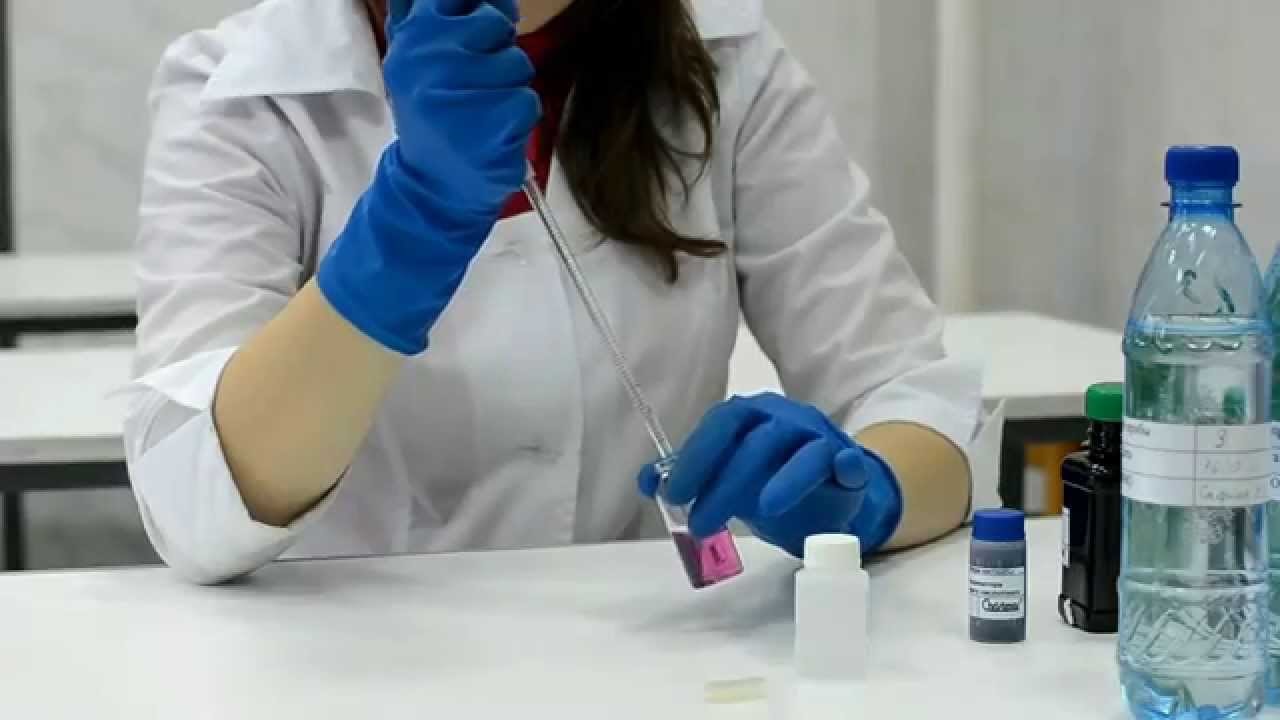1. Nitrate sample pretreatment
When the water sample contains organic matter and the nitrate content is high, it needs to be pre-treated and then diluted.Method: Add 4mL of aluminum hydroxide suspension to 100mL of water sample, shake for 3min, stand for clarification, and filter to remove the precipitate.
Prepare aluminum hydroxide suspension, dissolve 125g potassium aluminum sulfate [KAl(SO4)2·12H2O] or ammonium aluminum sulfate [NH4Al(SO4)2·12H2O] in 1000mL water, heat to 60℃, and slowly add under constant stirring 55mL of concentrated ammonia water, placed for 1h, moved into a 1000m graduated cylinder, washed the precipitate with tertiary reagent water repeatedly, until it does not contain sulfate. After clarification, pour out the supernatant, dilute the precipitate to 100mL, and set aside.

2. Operations that need attention when detecting nitrate
a. The concentration and amount of acid sometimes affect the measurement results. H2SO4 cannot be used instead of HC1, otherwise it will cause a large error. Pay attention to the influence of the acidity of the blank on the determinationb. The difference between quartz cuvette and glass cuvette. According to the characteristics of glass cuvettes that cannot transmit ultraviolet light, put the empty cuvette to be identified into the colorimetric cell of the instrument, and operate the instrument according to the sample determination. The quartz cuvette with zero (or very small) absorbance is the quartz cuvette, and the glass cuvette with the absorbance being the upper limit (maximum) of the instrument's measurement.
c. In order to reduce the measurement error, the absorbance reading is generally 0.2 to 0.8. The thickness of the cuvette can be adjusted to make the absorbance enter this range.
d. When the sample solution contains volatile organic solvents, acids and bases, cover it to prevent volatilization. When a strong corrosive solvent is contained, the measurement should be made as soon as possible, and the cuvette should be cleaned immediately after the measurement is completed.
3. Matters needing attention for instrument reagents
a. When preparing the zinc-copper reducing agent, if the surface of the zinc particles is not completely blackened and the color of the 5% copper sulfate solution has faded, the solution can be discarded, and then 50mL of 5% copper sulfate solution can be added for treatment until the surface of the zinc particles becomes Until dark.b. After the position of the instrument is determined, try not to move it.
c. Do not turn on the lights when the instrument is not working. Once stopped, wait for the lamp to cool down before restarting, and warm up for 15 minutes.
d. Replace the desiccant in the monochromator frequently to prevent moisture.
e. The stability of the voltage of the light source and the detection system should be maintained, preferably with a voltage stabilizer
f. Pay attention to protect the optical window surface of the cuvette to avoid scratches and stains, and rinse immediately after use. Brushes are not allowed, usually after washing with HCl-CH3CH2OH, synthetic detergent, chromic acid lotion, etc., rinse with tap water, and then rinse with deionized water several times. When using chromic acid lotion, place it in the cuvette. Remove the water, and then put the cuvette into chromic acid lotion for a few minutes. Do not soak for a long time, otherwise the glued cuvette will "open the glue" and wipe it dry with lens paper. The cuvette containing the solution should not be placed in the sample room for too long. Avoid solution during measurementSplash into the sample chamber.
g. The maintenance of colorimetric instruments should be four-proof, anti-vibration, anti-corrosion, moisture-proof and light-proof.
h. Before using the new cuvette, it must be tested for the difference of the cuvette.



